QuestionI have an 8 year old quarter horse mare. We bought her when she was 5 and we was barely broke to lead. We started her in a twisted wire gag bit, she was pretty "broncy" for a while. She is over that now. I was riding her in a tom thumb when she began to develop some mouth issues. Her canine teeth were starting to come in, a little late, and were bothering her. I gave her as much time to off the bit as I could. She now, the last time I had a bit in her mouth, on the right lead would pull her head away from me and towards the ground, even when I wasn't even touching the reins. I have been trying different bits to find one that works for the both of us. She needs something that will make her bend at the poll but also keep her shoulders lifted. She is a barrel horse and likes to drop her shoulders down. I have tried the semi gag, tom thumb, a balanced colt bit, a myler port long shank, and a chain bit. Currently I am riding her in a hackmore, I do not want to hurt her. She had her teeth done and doesn't seems to be in any back pain so I am not sure why she has started this now. I have looked at her mouth, and she does not have any sores. I was just wondering what you suggest, is there a bit that will give me the lift I need for her but also be light on her mouth. She does not need a whole lot of bit, she has a good whoa and is pretty easy to control. Any suggestions will help.
Thanks Amanda
Answer
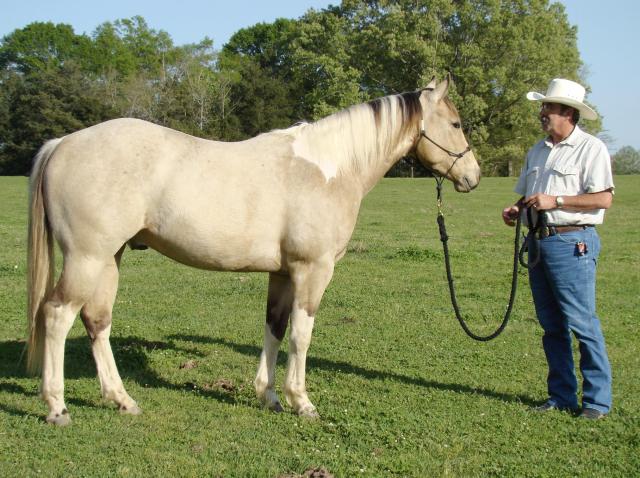 Getting respect
Getting respect
Hi Amanda,
Thank you for writing in with your question.
First off I would wonder why you started your mare in a twisted wire gag bit? That bit is pretty tough on a horse and can hurt a horse's mouth in the wrong hands. I'm not saying you have rough hands so please don't get me wrong. I haven't seen you ride or handle your horse. I start horses in a bosal for the first 10-15 rides to get them to soften and respect the pressure. Then I move on to a smooth snaffle (d-ring or o-ring). After they learn to use those I move to a transition type bit such as an smooth Argentine with a short shank. The next step would be the a longer shank bit. That is my method. I'm sure other trainers have their own.
Now let's start at the top of your question.
The twisted wire gag bit is designed to teach a horse to get off the bit. For a horse just learning to use a bit it can be pretty scary and overwhelming. That could explain the "broncy" nature she exhibited. The tom thumb is considered by most folks to be a "mild" bit. On the contrary. The Tom Thumb can be one of the harshest bits you can use. It can cause alot of pain to a horse and create more problems than you could shake a stick at if not used with extremely light hands. This is due to the "nut-cracker" effect that it has. As you pull back on the reins, the shanks tip the joint of the bars upwards creating a nutcracker type pinching n the roof and tongue of the mouth. I do use this bit but only on horses that are much older with alot of training under their belt. The horse has to be completely neck reined or work completely off of leg pressure. I do not advise anyone to use this bit unless they have tons of experience with it.
She is trying to get away from the pain and discomfort the bit is giving her.
You write that you have been trying different bits on her to maker her bend at the poll and lift her shoulders. My question to you is, how long have you let her where the different bits before you tried another type bit? It takes a bit of time for a horse to get used to a bit. Most folks put a bit in the horse's mouth and ride for a day and see the horse doesn't like it. So then they change to another bit...then another and so on. Never giving the horse ample time to get used to it. There are alot of bits out there to try. You could spend a fortune on bits until you find one that you and your horse like. What kind of hackamore are you riding with? Mechanical or bosal? I would stay away from mechanical.
Now, here is my suggestion. Quit looking for a bit to solve your problem. It's not the bit, it's the lack of respect to pressure.
I would spend time with the bosal just getting her soft and supple to it. You want her to learn to respect and give to the pressure. Do alot of lateral flexing. You almost can't do too much of that. You will never get a bend at the poll until you get her soft laterally. That is the key. Once she gets soft and supple flexing side to side and you can get her to flex by just picking up on the reins with two fingers, then you can get her to flex at the poll. Once she is soft laterally, I would then move to a smooth snaffle bit. A d-ring or an o-ring. It doesn't matter which. Do the same exercises flexing with the smooth snaffle. I think you will be amazed at the difference in your horse. Be light with your hands. A bit is only as harsh as the hands that control it. Remember, the bit that goes to the mouth is only a telegraph station connected to the brain. You don't control a horse with the bit. You only send a signal to it. I understand (I think) that you want to barrel race with this horse. Keep in mind that unless your going to show in sanctioned shows like western pleasure etc, that you can ride and barrel race in a snaffle bit the whole life of the horse. My wife raced professionally for years in only a snaffle bit.
If after your mare is soft and supple with the snaffle bit and you would rather move on to another bit, I would then try a transition bit such as a smooth Argentine with a short shank. Give it time for the horse to get used to it and learn to respond. This will take time. After she is used to this then you can try another shank bit.
In summary,
Stay away from gag bits with twisted wire and Tom Thumbs unless well versed in their use.
Quit spending your money on gimmick bits or just different bits and stick to an old tried and true bit that's worked for years for hundreds of trainers. (smooth snaffle bit)
Give your horse enough time to get used to whatever bit you choose.
Have soft hands with your horse.
Teach your horse to give to pressure and to remain soft and supple.
Get your mare soft laterally. The key to vertical flexing is lateral flexing.
I hope this has answered your question. If not, please email me and I will see if I can help you further.
You can email me at:
blpdoc82652@yahoo.com
You can also read more about me on my website:
www.yazooequinetraining.com
Please be safe. Your safety is number one.


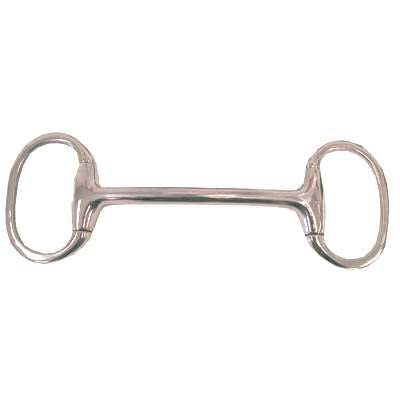 straight bar V single joint bit
Question
mullen mouth
hello maam, do straight ba
straight bar V single joint bit
Question
mullen mouth
hello maam, do straight ba
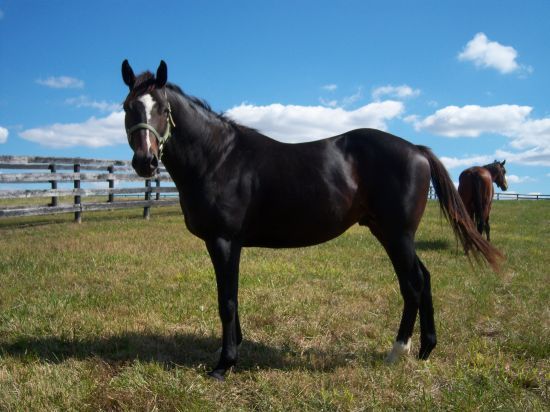 Starting a terrified horse
Question
Ben
Hi. I have a 5 yr old tb gelding that I ha
Starting a terrified horse
Question
Ben
Hi. I have a 5 yr old tb gelding that I ha
 horse resisting
Question
resisting
hello maam, is this horse re
horse resisting
Question
resisting
hello maam, is this horse re
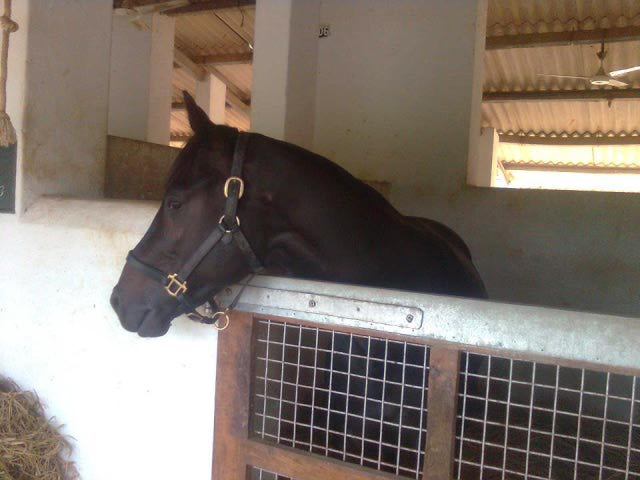 turning the face towards wall
Question
shy horse
hello maam, when i approache
turning the face towards wall
Question
shy horse
hello maam, when i approache
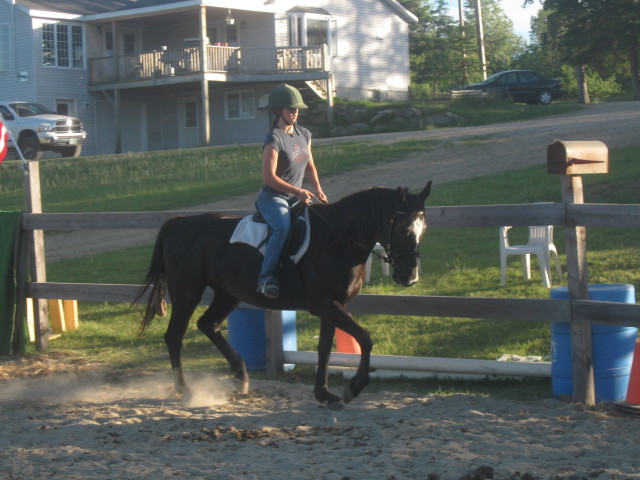 Canter to walk
Question
Erica and Flicka
I have a 6 year old Swedish
Canter to walk
Question
Erica and Flicka
I have a 6 year old Swedish